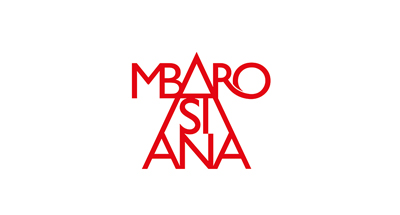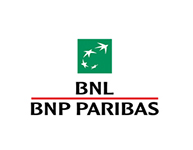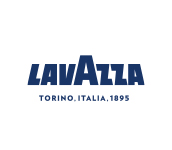This is the first time that folios from Leonardo da Vinci’s Codex Atlanticus are being displayed at a university, and the fact that it is IULM that is hosting this ‘premiere’, on the occasion of the inauguration of the 2025/2026 Academic Year, fills us with joy and pride.
IULM is by vocation a venue for numerous initiatives open to the city of Milan and to visitors from around the world. These initiatives have taken shape across the Campus in many forms, all driven by the desire to share knowledge and beauty, not only with the academic community but with the entire city, whose daily gratitude and enthusiasm continues to inspire us.
Bringing Leonardo to IULM, in collaboration with the Biblioteca Ambrosiana, means welcoming one of the highest expressions of human ingenuity. It is both a symbolic gesture and a profoundly tangible one: it affirms that knowledge lives only when it circulates, when it crosses boundaries, reaches new places and people, and speaks to open, plural communities.
It is a virtuous example of cultural decentralization, a sign of the University’s role as a driving force for the propagation of knowledge and beauty, even in once-peripheral areas like this one, the Barona district, a neighbourhood that has been transformed also thanks to IULM.
Guided by these convictions, we have also chosen to include in this exhibition the statue Saint with a Book from the Veneranda Fabbrica del Duomo, once again paying tribute to the extraordinary genius of our city.
The three selected folios represent three different ways of questioning technology: the desire to push beyond limits; the ability to reshape the world through practical intelligence; and the boldness to imagine new movements and new energies.
These documents remind us that every innovation begins with a gaze: the curious, critical, and visionary gaze that Leonardo embodied.
Displaying these drawings is a way of affirming that culture flourishes wherever the seeds of curiosity, study, commitment, and the desire to understand are sown. It is an invitation to everyone: to let the past challenge us so we may imagine the future, and to recognize that knowledge is motion. Motion that brings people together, that builds, and that opens new paths.
Rector
Valentina Garavaglia







